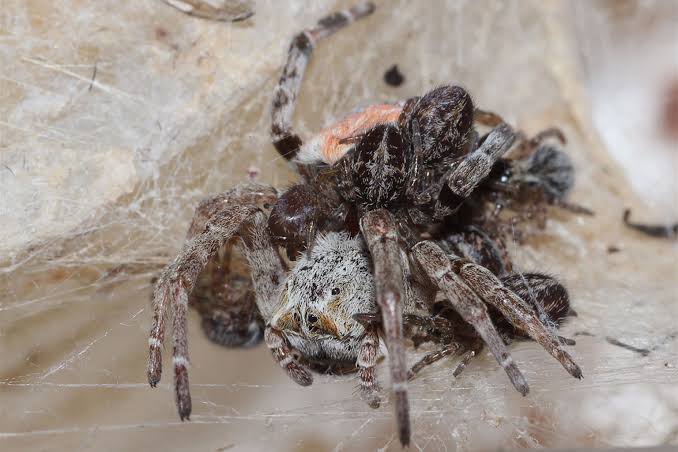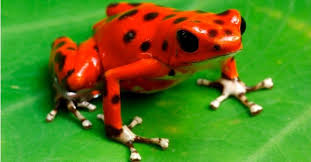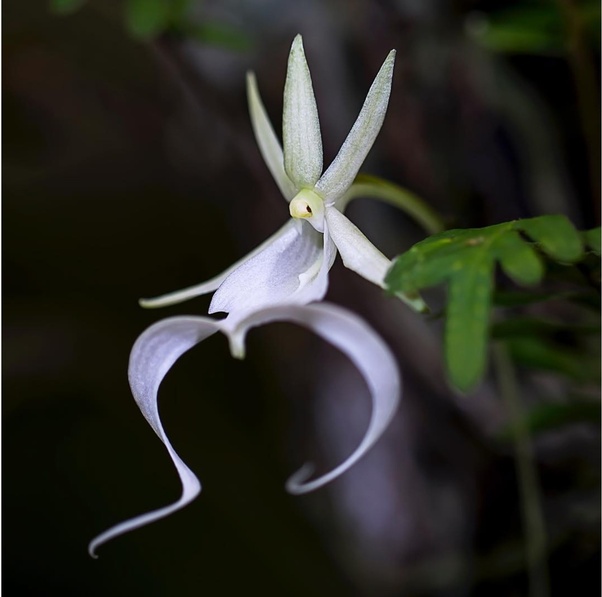The Most Extreme Example of Motherly Love in the Animal Kingdom – Where Devotion Ends in a Final, Unthinkable Gift
In the natural world, maternal care comes in many forms. Some mothers fiercely guard their young, others provide nourishment for weeks or months, and a few abandon their offspring as soon as they’re born. But in one quiet corner of the animal kingdom, there is a mother whose devotion is so complete, so absolute, that she gives up her life literally for the survival of her children. This is not poetic exaggeration. It is cold biological fact. In this species, a mother’s final act of love is to become the first meal her children will ever eat.

This extraordinary behavior is known as matriphagy, a term that may sound obscure but describes something both deeply unsettling and strangely beautiful. Derived from Latin and Greek roots meaning “mother eating,” matriphagy refers to the process in which offspring consume their own mother for nourishment. And among all the creatures on Earth, one small, overlooked spider has turned this shocking behavior into a vital survival strategy.
Meet Stegodyphus lineatus, a social spider found across parts of Southern Europe, the Middle East, and North Africa. Unlike most spiders, which are solitary and sometimes even hostile to their own kind, Stegodyphus females devote themselves to their young with a kind of care that borders on self-erasure. After laying her eggs, the mother ceases to eat. She guards the egg sac, ensuring no predator disturbs it. But what happens next is almost mythic.
As the eggs begin to hatch, the mother spider’s body starts to change. She begins to digest her own internal organs, turning them into a nutrient-rich fluid. She then regurgitates this liquefied form of herself to feed her growing spiderlings. But the sacrifice does not end there. Eventually, her young climb onto her weakening body and begin to consume her alive. She offers no resistance. By the end of this act, the mother is gone, entirely absorbed into the bodies of her offspring. Her death ensures their life.
This may sound horrific to human sensibilities, but in evolutionary terms, it’s an astonishingly efficient strategy. In the harsh environments where Stegodyphus spiders live, food is scarce, and survival is uncertain. By converting her own body into nutrients, the mother spider increases the odds that more of her young will survive to adulthood. It is, in a way, the ultimate form of biological altruism—one that costs her everything but secures the future of her genetic lineage.
Matriphagy is not a common trait in the animal kingdom. It’s been documented in a few spider species, some pseudoscorpions, and certain amphibians, but it is far from the norm. What sets Stegodyphus lineatus apart is how completely the process is integrated into its life cycle. This is not a last resort. It is the plan all along.
There’s a haunting elegance to it: a mother creating life, nurturing it, and then offering herself wholly to it. To us, it may feel tragic or disturbing. But in nature’s logic, it is simply another solution to the question of how life persists.
In the end, Stegodyphus mothers vanish without a trace, absorbed into the next generation. Their story is written not in tombstones or memory, but in the tiny legs and silk threads of the children who once consumed them.














Leave a Reply